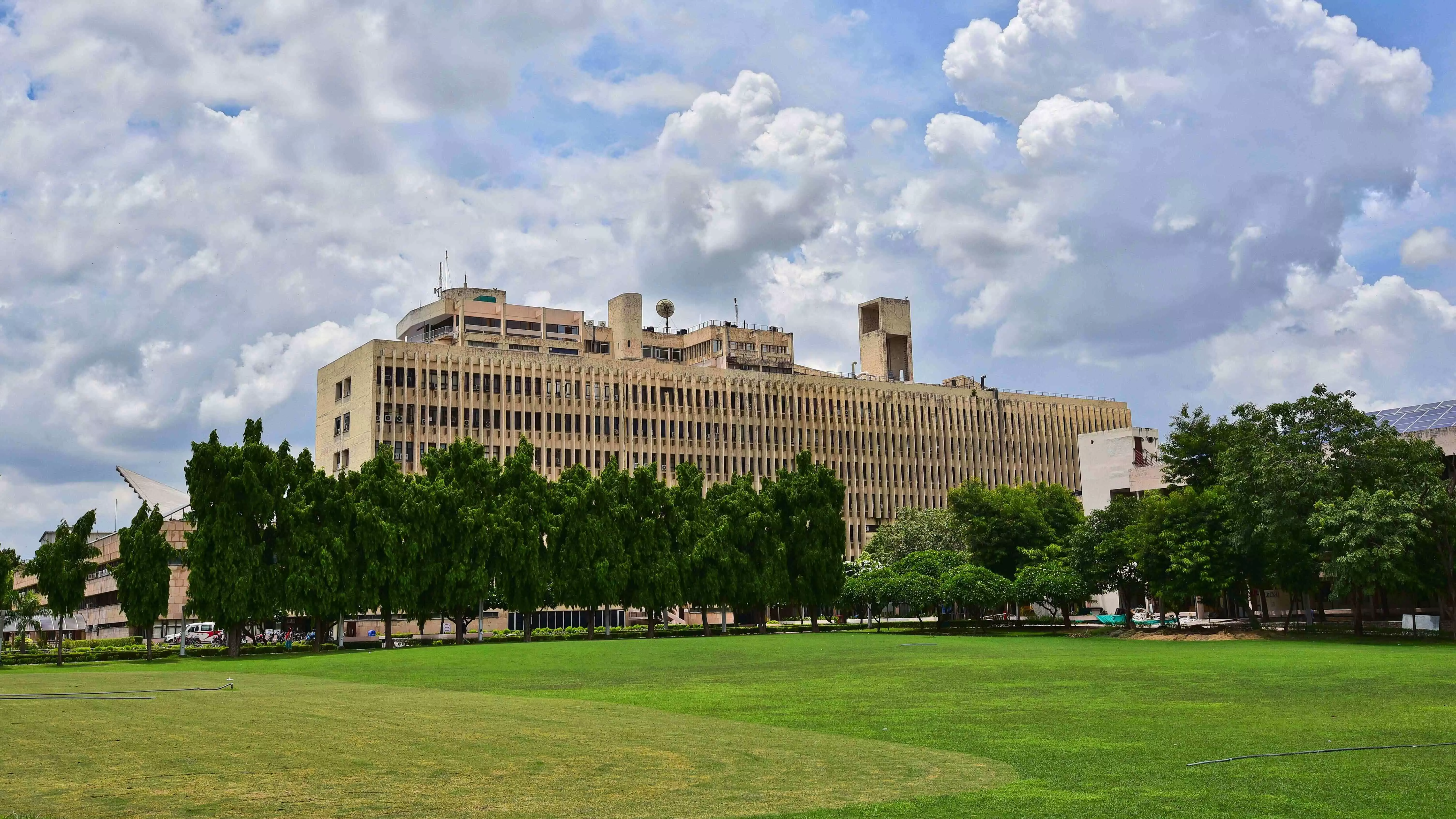IIT Delhi develops 1st national-scale mapping of soil erodibility

The process of soil erosion starts when rainfall occurs on the soil or when water flow (runoff) displaces the soil particles. Soil erodibility is the susceptibility of soil particles from becoming detached and reflects the combined effect of rainfall, infiltration, and runoff. It is one of the major factors used to estimate soil loss and reflects the effect of soil structure, texture, permeability, and organic matter content in countering soil erosion.
Till now, soil erodibility assessments have been conducted in specific regions or catchments, but a national-scale assessment of soil erodibility was required. Now, researchers at IIT Delhi have developed a national-scale mapping of soil erodibility, a first of its kind in the country. This national-scale mapping of soil erodibility highlights specific areas where the soil is most prone towards erosion.
The researchers in their study have found that out of the 50 districts with the most erodible soil, 29 are in Uttar Pradesh, 13 are in Bihar, 3 in Gujarat, 2 each in Haryana and Rajasthan, and 1 in Punjab.
“This reflects the combine contribution to erosion due to rainfall, runoff, land use, land cover, deforestation, and agricultural practices. This study fills a critical gap and brings us one step closer to estimating soil loss at a national level and developing a soil erosion model,” said Prof Manabendra Saharia, Department of Civil Engineering, IIT Delhi.



